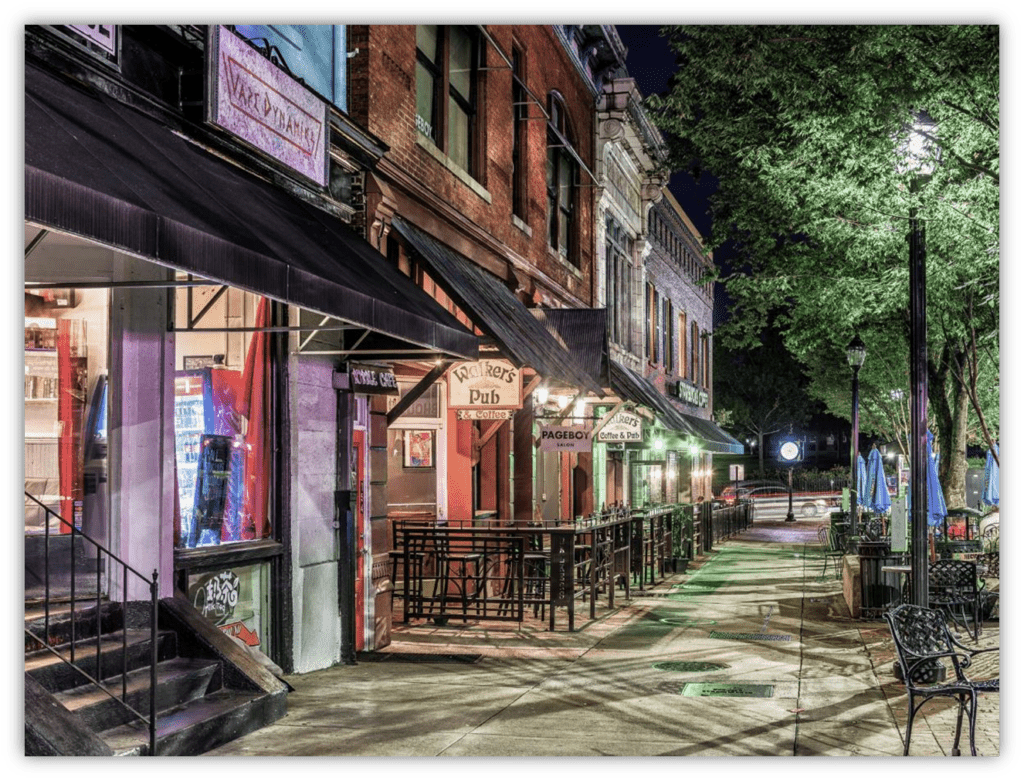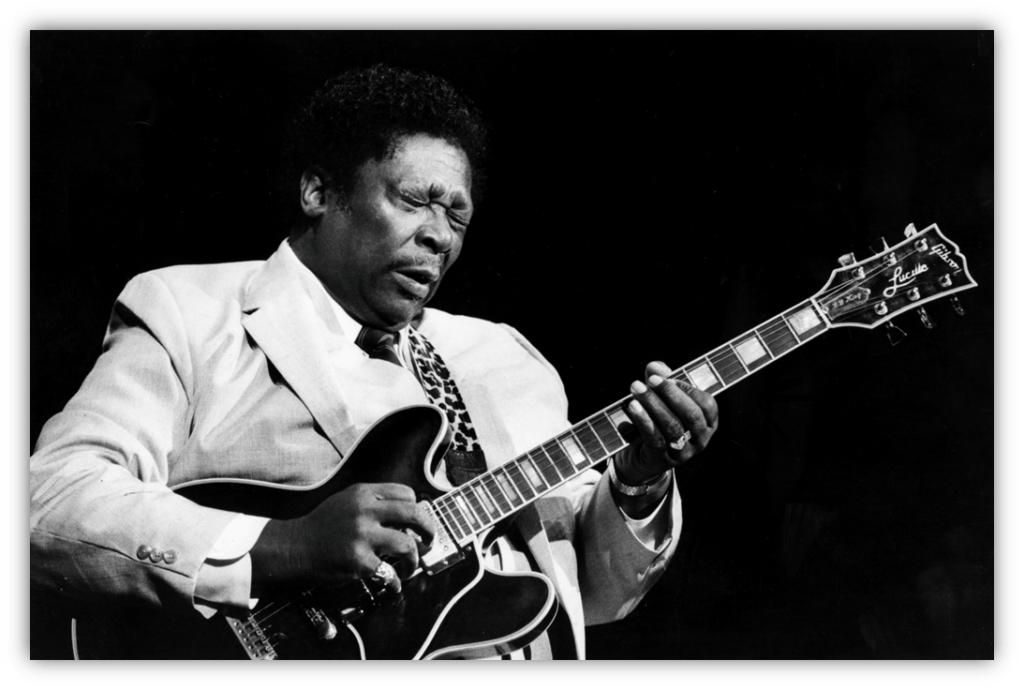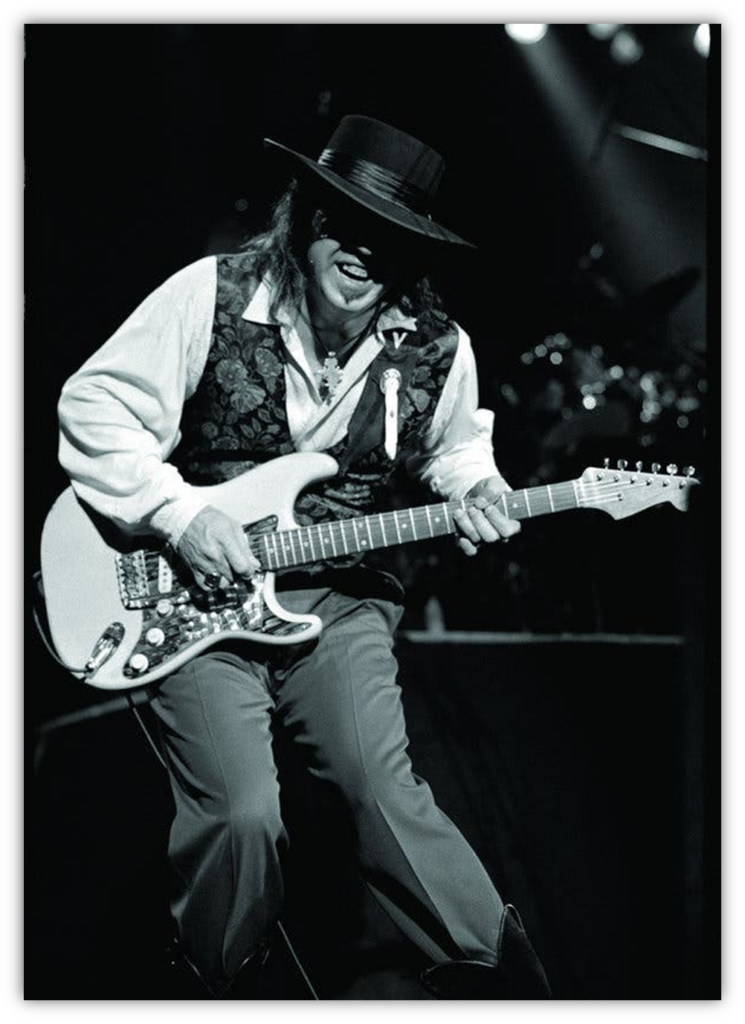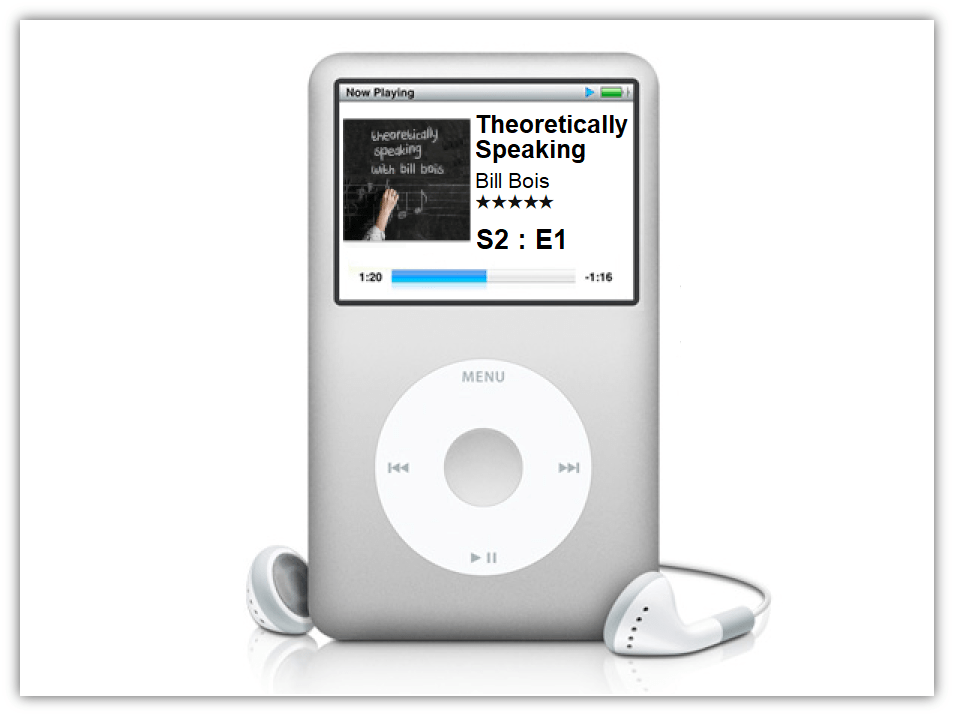Music Theory For Non-Musicians
…if there was ever an art where breaking the rules is one of the rules, it’s music.
redditor u/COMPRIMENS
This occasional series is about how music is made, and it’s for people who don’t already make music. It’s part music appreciation and part music theory.
I hope to cover rhythm, melody, intervals, chords, inversions, genres, and more. Maybe we’ll get into extended chords and modes. Let’s see!
S2:E1 – What Makes This That?
In an off-site conversation, our friend thegue asked me three questions.

Excellent questions. So much so that they have spurred me to make Season 2 of Theoretically Speaking about:
Genres.

That’s what I’ll try to cover over the next several weeks.
As with everything involving music, there are exceptions to everything I’m going to say throughout this entire series.
I haven’t even written it yet, and I know much of it is going to be contradicted by example after example of whatever genre I’m talking about, breaking each of the ironclad rules I’m about to lay out.
I’ll try not to say, “Generally speaking…” too often but I will be speaking generally. Take this entire series as only vague guidelines.
Let’s start with the basics:
What makes the blues… the blues?
The blues is one of our simpler genres musically and I’ll get into the music theory side of it, but the blues is mostly a feeling. Whether the song expresses joy or sadness or love or desperation, it’s heartfelt.
It’s honest. Good musicians can play the blues well technically. That comes from the brain. Great musicians play the blues from the heart.
This is, of course, true with any genre. However, hardcore blues audiences know when a musician is feeling it.
If you’re singing “The Thrill Is Gone” with a smile on your face, you’re doing it wrong.

…OK… EVERYBODY !!!!”
Generally speaking, the blues is based on three chords and five notes. The usual chord structure is a “1-4-5,” or a “12 bar blues.” Here’s what each of those mean.
Back in my article about the Nashville Number System, I talked about how the root chord of any key can be called the “1” chord. The chord based on the fourth note of the scale is known as the “4” chord and the chord based on the fifth note of the scale is the “5.”
So it follows that a 1-4-5 structure uses those three chords. However, saying, “It’s a 1-4-5” also implies that it’s a 12 bar blues.
So then, what’s a 12 bar blues?

No, it’s not what you feel after drinking in twelve different bars.
When you’re counting the beats in a song, you go, “1, 2, 3, 4, 1, 2, 3, 4,” etc. You don’t count from 1 to 1384, or however many beats the song has, you just repeat “1, 2, 3, 4.”
Each group of four beats is called a measure.

In standard sheet music, a vertical bar indicates the start of the next measure. So musicians use “measure” and “bar” interchangeably. A 12 bar blues is a repeating pattern of 12 measures.
Let’s say we’re playing a 12 bar blues song in the key of C. If you remember that the C scale is all the white notes on the piano, those notes are C, D, E, F, G, A, B, and C.
So the “1” chord will, naturally, be a C chord. The “4” chord will be based on the fourth note of the scale, so it’s an F, and the “5” chord will be a G.
In a “1-4-5” in “C”, the chords will be C, F and G. They can be major or minor depending on the song.
That’s up to the songwriter.
- The first four bars of a 12 bar blues are, generally speaking, the 1 chord.
- The next two bars are the 4 chord.
- Then it goes back to the 1 chord for two measures.
- And then: there’s a bar of 5, a bar of 4 and two bars of 1. That’s a total of 12 bars.
In the key of C, those 12 bars look like this:

That’s the most basic structure of a 12 bar blues. There are all sorts of variations. The most common variation may be the one with a 4 in the second bar, and quickly changing chords in the last two bars in what’s called: a turnaround.

It’s also quite likely that those will be 7th chords, meaning the seventh note up from their root note, and usually flattened, is added. The three notes in a C major chord are C, E and G. In a C7 chord, we add a Bb, too.
While most genres use four line stanzas, it’s three lines in a 12 bar blues. That makes sense because each line gets four measures and four times three is twelve.
Additionally, the first line is usually repeated. Then the last line rhymes with the first two. For example, here’s the verse from Muddy Waters’ classic “Got My Mojo Working.”
Once the 12 bar pattern is established, it’s repeated for the entirety of the song. There might be a different set of chords for a bridge… but probably not. Most blues songs use the same pattern throughout, and nothing else.
So what happens over those chords? Whether it’s the vocal melody or an improvised instrumental solo, the notes used are usually limited to a pentatonic scale.
You may remember from Season 1 that the major and minor scales are made up of seven notes. The major scale is do re me fa so la ti do. (Yes, that’s eight notes but “do” is repeated, so it’s only seven.)
We say the blues uses a pentatonic scale, but that’s a little misleading. The “penta-” prefix means there’s only five notes, but we sometimes throw a bonus note in there. In the key of C major or major-ish, the notes are C, Eb, F, F#, G, Bb, and C.

The eagle-eyed among you will notice that some of those notes aren’t in the key of C. If the C scale is all the white keys on the piano, what are the Eb, F#, and Bb (which are all black keys) doing in there?
This is what makes it “the blues.”
If you’re playing a C major chord, which has an E in it, and singing an Eb, there’s going to be some dissonance. Those two notes will grind against each other in the air, if only for a moment.
And look at those notes in the middle. F, F# and G. The F# is the bonus note I mentioned. Three adjacent notes are extremely uncommon in western music. These notes are also going to be dissonant against each other and over almost any chord they’re played over.
We’re breaking all the music theory rules that Bach taught us about harmony. We’re playing the wrong notes, but we’re playing them in the right way. That’s what makes it bluesy.

Der Nervenkitzel ist gone, baby…”
The dissonance comes and then goes away.
There’s tension, and then release.
Conflict – and then there’s peace.
There’s hope that things will be better in the end.
That’s the blues.
The blues started in the fields of the southern United States. Slaves sang the African songs they remembered to give themselves hope that things will be better in the end. Once freed, however, they weren’t really free. The white society around them didn’t want them to be free. So they still sang to give themselves hope, and as the music evolved over a few generations, the blues was born. Jazz, too… but that’s another article.
Almost every major city and quite a few small ones have blues societies, and most are affiliated with the Blues Foundation, a non-profit based in Memphis dedicated to keeping the blues alive. The blues is part of our history, a reminder of our own ugliness and the resilience of people finding hope in music.
One of the Blues Foundation’s annual events is the International Blues Challenge. I’m generally against “battle of the band” scenarios because music is an art, not a sport. Competition shouldn’t enter into it. But the International Blues Challenge is more than that. It truly does help keep the blues alive.
If the blues is just the simple 12 bar format with a limited set of melody notes, you’d think that judging a five day blues competition would get boring. Not so. The judges listen to artists from around the world for six to eight hours at a stretch, looking for the performers that bring their emotions to the stage. Who works within the blues’ framework to make the world a better place, and who does it best?
I’ve been lucky enough to participate at the IBCs twice with Eight O’Five Jive. We made it to the semi-finals both times, but the real joy was in hearing the other bands. When you think of where the blues came from, you wouldn’t expect to hear greatness in musicians from Ventura County, Melbourne, Warsaw, or Montreal.
And yet, there they were. Keeping the blues – and hope – alive.
Suggested Listening

Robert Johnson – Sweet Home Chicago (1936)

Louis Jordan – Let The Good Times Roll (1946)

Elmore James – Dust My Broom (1951)

Freddie King – I’m Tore Down (1961)

Koko Taylor – Wang Dang Doodle (1965)

BB King – The Thrill Is Gone (1969)

The Allman Brothers Band – Statesboro Blues (1971)

Stevie Ray Vaughn – Pride and Joy (1983)
(Let the author know that your liked their article with a “Heart Upvote!”)
Views: 117



Nice! A new season is upon us! I love the premise of this one.
One of the big things that got me writing my current blog is wondering “what makes industrial music industrial?” And one of the things that I love about going deep into cultural ancestry (not unlike biological deep ancestry) is that the boundaries really start to blur. So I chose to go really deep for the blog, and cover everything from the industrial revolution onward, which has allowed me to dig into stuff like classical, jazz, blues, and rock n roll as I make my way into what is more conventionally considered “industrial.”
What I find complicated about blues music is that it’s both a cluster of chord progressions and a cluster of playing traditions. So jazz artists from the very beginning of jazz to modern times, will sometimes play blues progressions. But that’s distinct from the rural Delta blues troubadours, who were distinct from the urban vaudeville blues bands, who were distinct from the boogie woogie piano artists. And the emergence of rock n roll in the 50s was basically the coming together of several different strands of blues-based music that had developed over the decades.
Don’t get me wrong, I love that mixing, blending, and evolving, but it’s hard to wrap my head around sometimes!
Yes, there are a million subgenres! The mixing of them yields more subgenres. When does a subgenre become a genre of its own? I guess that’s for music historians to decide.
Needless to say, this series is going to be pretty high level.
This 1912 song by W.C. Handy–one of the very first blues recordings–serves as a really cool demonstration of how blues emerged from the milieu of its time. It starts out like a conventional marching band rag, but then around 2:10 you start to hear blues chords!
https://www.youtube.com/watch?v=WWfMKFQjonY
Yup, those 7ths really make all the difference.
BTW, mt58, the “Der Nervenkitzel ist gone” bit made the lovely Ms. Virgindog laugh out loud. I heard her from the other room. Nice job, as always!
People who play golf will sometimes refer to a surprise “good shot” as the one that “makes you want to come back and play again.”
I’ll consider this my lucky long putt of the week.
Tell Ms. V-dog that someguyontheinternet says thanks.
This is awesome, Bill! Glad to know there is a technical way to identify “the blues”. “Laughing like children, living like lovers, rolling like thunder under the covers” just doesn’t cut it.
Thanks for the tutorial, Virgin-er-Bill. Loved the blues when I was in college and I was the proud owner of the Allman Brothers “Live at the Fillmore East”.
FM radio was made for this band. It allowed for songs play the way they were meant. The AB were not a big hit on commercial radio but thrived within the blues aficionados. But the one two punch of Duane Allman and Berry Oakley dying within such a short time of each other and Gregg’s foray into drugs and Cher kept them from that top rung of music acts.
Still, they are in the Rock and Roll Hall of Fame and RS put them at #52 for the top 100 musical acts.
Had there great honor of seeing BB King and Eric Clapton in concert in the ’80’s. That was to die for.
What would a blues aficionado think of The Jon Spencer Blues Explosion?
Depends on the blues aficionado. There are dozens of subgenres and, as with any scene, some folks like only delta blues, some like only blues rock, some like only Chicago blues, some like only swing blues. Given my punk background, I love ’em even though they don’t have a bass player, but I know for certain that some of the blues folks I’ve played with would cringe. To each their own, ‘yknow?
Was R.L. Burnside an outsider artist in the blues world?
Not at all. Not everyone’s cup of tea perhaps, but his fans are very loyal and his work is respected by the blues world.
Hey cappie, here’s a quick follow-up. I ran into Ted Drozdowski last night. He’s a blues historian and writer, in addition to playing music. I asked him your question and he got a confused look. He said that Burnside played hill country blues, which is its own subgenre and is therefore different from other styles of blues, but Burnside wasn’t considered an outsider at all.
I just looked up hill country blues because I’m not familiar with it, but there are some other familiar names who played it: Mississippi Fred McDowell, Junior Kimbrough, and the North Mississippi All Stars. Good stuff.
Bill,
Just read your S1:E2 Awesome as always, but I’m a little lost. I think I understand it from a technical aspect, but I don’t “hear” dissonance. There’s a lot I don’t hear as well.
The examples you posted are “bluesy” to me, but I listened to the W.C. Handy example, and I don’t hear the blues.
When I worked at the Philly Art Museum, artists would come and perform on Fridays nights, and a woman sang (no words, maybe carried melodies?) in dissonance to the music.
It was…eerie. Enchanting.
I don’t get that from blues. Are there different forms of dissonance?
I also listened to the WC Handy post in the comments, and I heard no blues at all. Help!
In Phylum’s post, fast forward to about two minutes in and then watch the counter. The horns hit a note at exactly 2:15. It’s the last note of the phrase they’re playing. It’s a flattened 7th, and the chord underneath it contains a major 3rd.
The distance between the major 3rd and the flattened 7th is three whole steps. That’s also known as the tritone, or the devil’s interval. Now, there’s a lot happening around it, but if you were to strip everything away but those two notes, you’d hear the dissonance.
If you have a guitar or piano handy, play an E and a Bb at the same time. That’s a tritone and it’s not the prettiest harmony in the world. Now add a C and a G. Those four notes together make a C7 chord, and it sounds great, even though it contains that same tritone.
I’m not sure we consider there to be different forms of dissonance but there are varying degrees of it. The tritone is the most famous but play two adjacent notes on the piano and it’s much more dissonant. To my ears, anyway.
I’m writing the article about jazz now and I probably won’t have time to get into this, but there are no wrong notes in a jazz solo. The old saying is that if you play the wrong note, keep playing it until it sounds right. I think it’s a question of our ears getting used to an unusual interval or harmony, and we’ve been hearing blues all our lives so it doesn’t sound so dissonant. In fact, we kinda like it.
When focused on that, I noticed it was…different. When repeated, it creates “the blues”?
P.S. Reggae. You’ll have to do one on that genre (if you can), cause I was fascinated with Tom’s article that just dipped its toes into it.
Thanks for catering to the kid that sits in the front of the class!
Well, it’s not “the blues” but it’s certain a characteristic of the blues. That 7th chord leading to the next chord in the pattern is classic blues.
Reggae has a really interesting history. It’s on the list.
Hooray, VDog is back to help me make sense of all things music!!!!
I think I mentioned before how learning blues scales in HS band was always the hardest thing for me to wrap my head around, which was incredibly frustrating because I really loved how unexpected and different it sounded. The Blues is deceptive because it sounds straight forward, but it is totally the opposite and quite complex to master, at least from what I can tell.
Nom-nom-nom……. 😌
If V-dog can make sense of all things music, he’ll need to explain Taco’s “Puttin on the Ritz” being a worldwide hit…
I’m only one man!
There’s only one explanation for Taco’s Puttin on the Ritz –
It’s sooo stupid it’s awesome!!!!!
(At least that was BabyDutch’s feeling back in the day…..nothing to do with my mature adult take on it these days, nope, not at all)
Signed,
“I’m Too Sexy” is The Tennest of Tens.